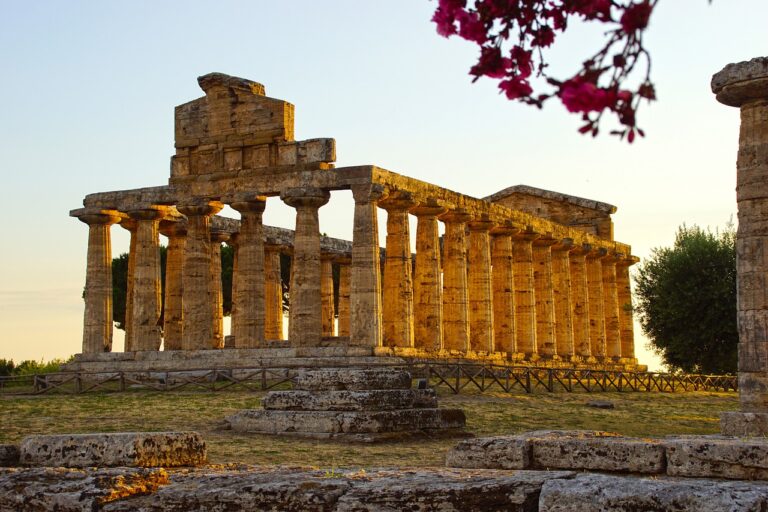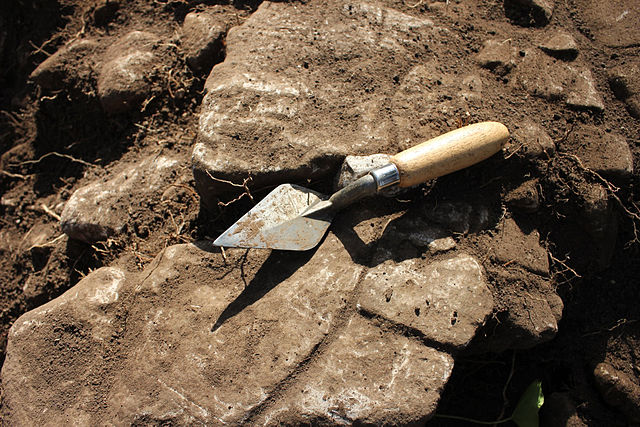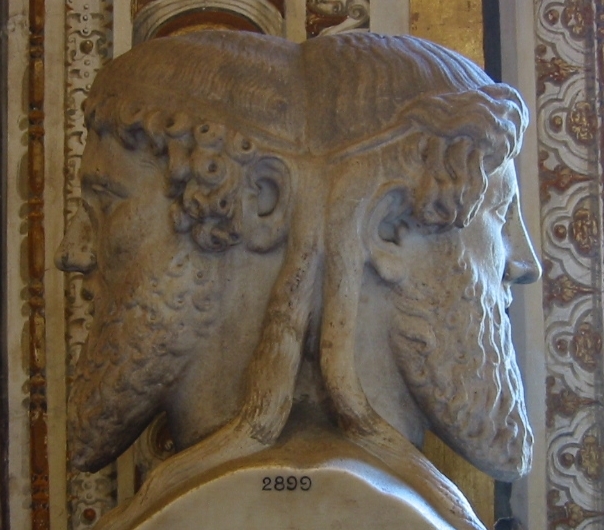The Mysteries of the Step Pyramid of Djoser
A Monumental Leap in Ancient Egyptian Architecture
Nestled within the vast necropolis of Saqqara, a few miles south of modern-day Cairo, stands the Step Pyramid of Djoser, an architectural marvel that marks a significant evolution in the construction of pyramids in ancient Egypt. This pyramid, attributed to Pharaoh Djoser who reigned during the 3rd Dynasty (around 2630 – 2611 BCE), is not only the earliest colossal stone structure in Egypt but also the world’s first known monumental stone building. The story of its creation and the genius behind its design offers a fascinating glimpse into ancient engineering, religious beliefs, and the sophisticated society that built it.
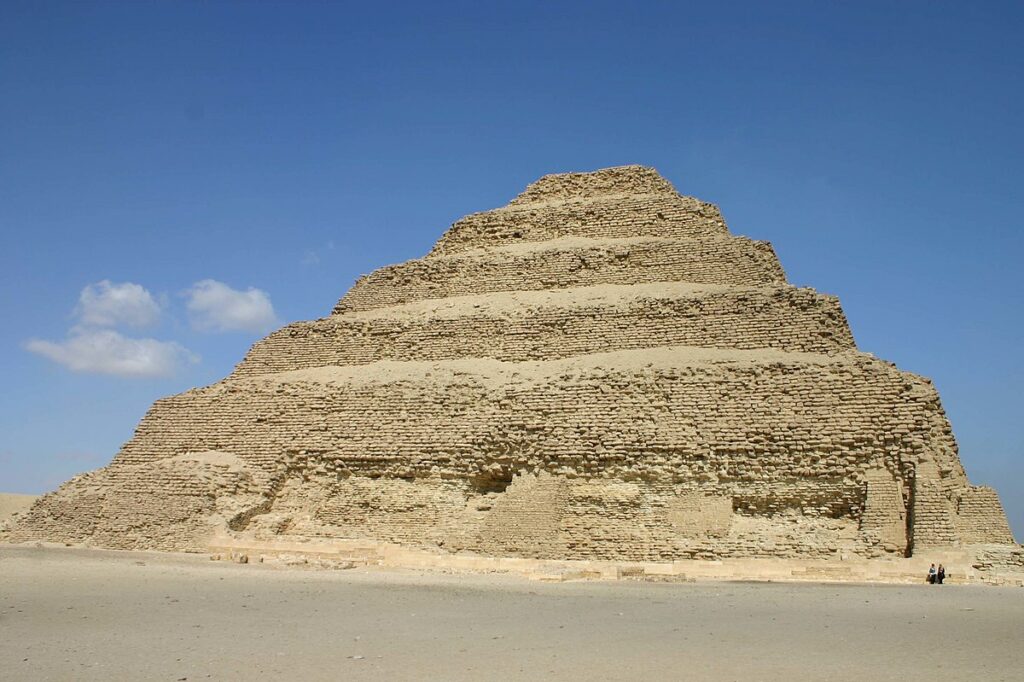
Architectural Marvel of the Ancient World
The pyramid’s innovative design was the brainchild of Imhotep, the vizier, chief architect, and high priest of the sun god Ra at Heliopolis, under Pharaoh Djoser. Imhotep’s vision transformed traditional mastaba tombs into a towering, six-tiered structure that rose approximately 62 meters (203 feet) into the sky, laying the groundwork for future pyramids and forever changing the landscape of Egyptian architecture.
Constructed predominantly of limestone blocks, the Step Pyramid is part of a larger complex. Enclosed by a limestone wall that stretches 10.5 meters high and is punctuated by 14 doors, only one of which is functional. This complex was a vast ceremonial space, including courtyards, temples, and shrines, where the living could honor the pharaoh and the gods.
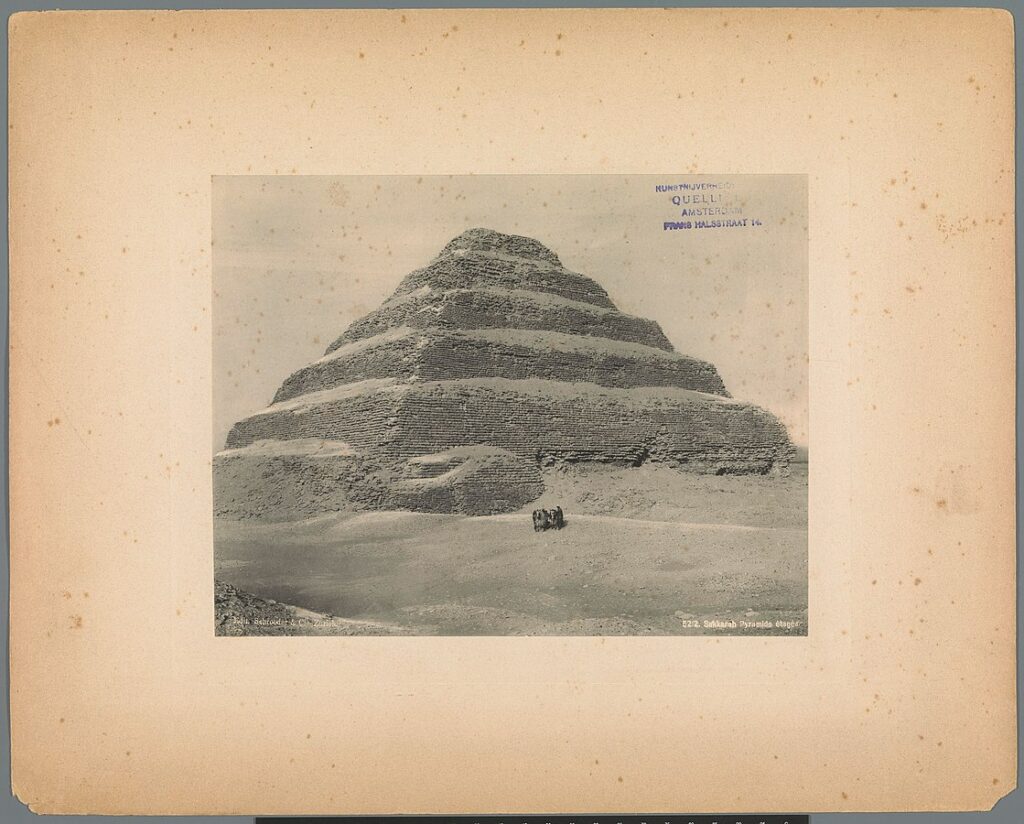
Symbolism and Purpose
The pyramid itself was a revolutionary symbol of the pharaoh’s divine power and his ability to unite Upper and Lower Egypt. Its step design is believed to represent a gigantic stairway for Djoser’s ka (spirit) to ascend to the heavens and join the sun god Ra. This architectural marvel was not merely a tomb but a stage for post-mortem rituals and a cenotaph to commemorate the king’s eternal reign in the afterlife.
The Step Pyramid complex also featured a unique element: the Serdab. A sealed room with two small holes through which the soul of Djoser could witness the rituals performed in his honor. A life-size statue of Djoser, placed inside the Serdab, was meant to serve as a vessel for his ka, ensuring his presence and participation in the ceremonies.
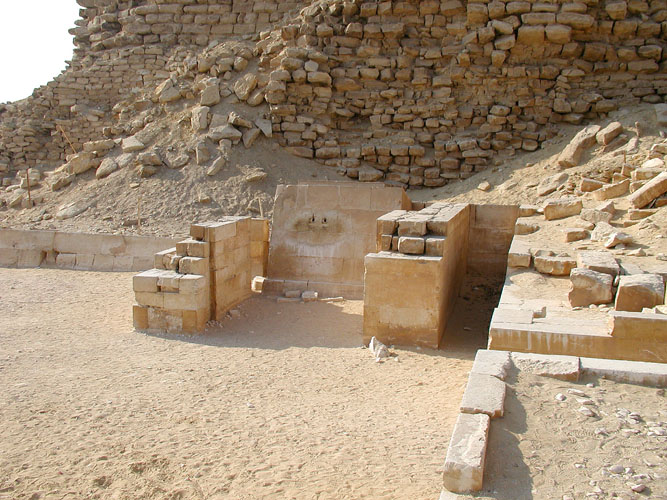
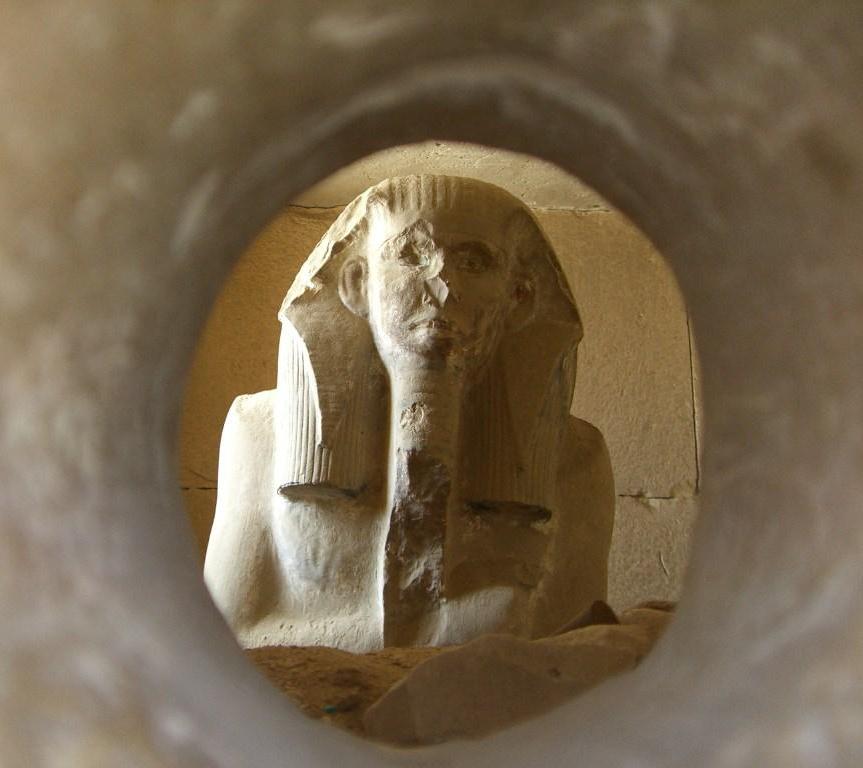
Engineering Feats and Mysteries Uncovered
The construction of the Step Pyramid was an unprecedented engineering feat, requiring the mobilization of thousands of laborers, artisans, and architects. The use of stone on such a massive scale necessitated innovations in quarrying, transporting, and assembling materials. The pyramid’s core was built with small, rough blocks of limestone, encased in fine Tura limestone, indicative of meticulous planning and precision.
Recent archaeological discoveries within the complex have shed light on the lives of the workers who built the pyramid. Graves of laborers, found in the vicinity, suggest that those who died during construction were buried with honors, challenging earlier notions that slaves built these structures.
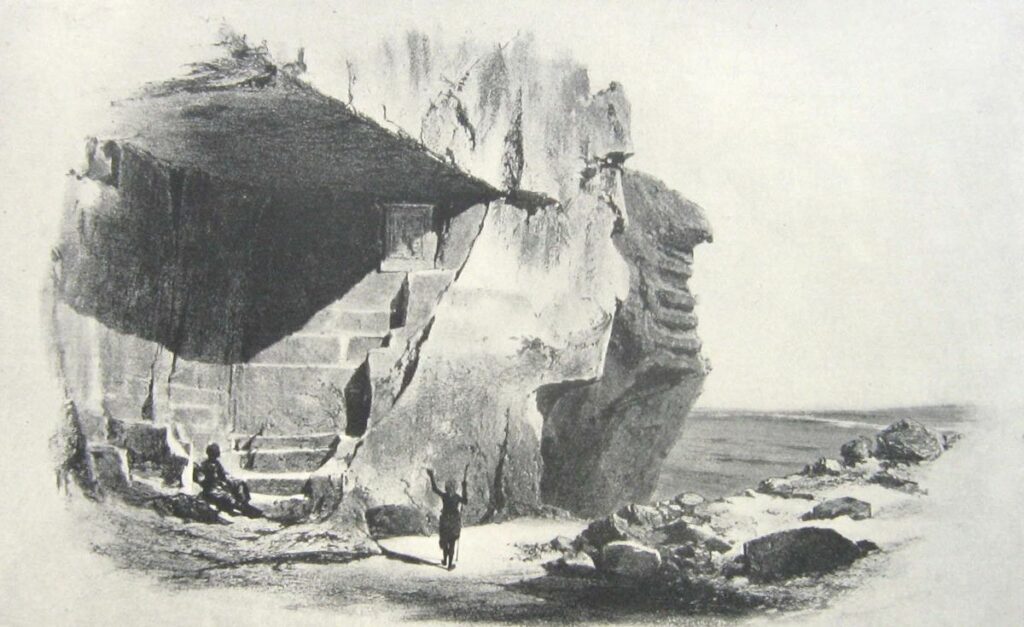
Legacy of the Step Pyramid
The Step Pyramid of Djoser is more than an ancient monument; it is a testament to the ingenuity and ambition of ancient Egyptian civilization. It set a precedent for pyramid construction and significantly influenced the architectural designs of subsequent pyramids, including the iconic Giza Pyramids.
Today, the Step Pyramid continues to captivate scholars, tourists, and history enthusiasts worldwide. Its enduring legacy is a reminder of humanity’s relentless pursuit of immortality, mastery over nature, and the unyielding desire to reach the heavens. As we continue to unravel the secrets of this ancient marvel, the Step Pyramid of Djoser stands as a beacon of human achievement and a bridge to our past, inviting us to ponder the mysteries of a civilization that, millennia ago, reached for the stars.

More info
Did you know that the architect behind the Step Pyramid of Djoser, Imhotep, was later deified by the Egyptians for his genius in architecture and medicine? Centuries after his death, he was worshipped as the god of wisdom, medicine, and architecture. This rare honor highlights not only the lasting impact of his work on the pyramid but also the ancient Egyptians’ reverence for intellectual and spiritual achievements. Imhotep’s legacy extends far beyond the stones of Djoser’s pyramid; it immortalizes him as a figure of enlightenment and innovation in ancient history.
If you found our exploration of the Step Pyramid intriguing, dive deeper into the mystery with our article on why these magnificent structures are so prevalent. Simply click the button below to continue your journey into the past.



